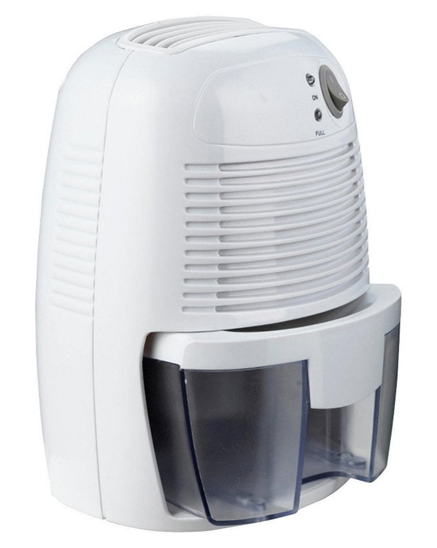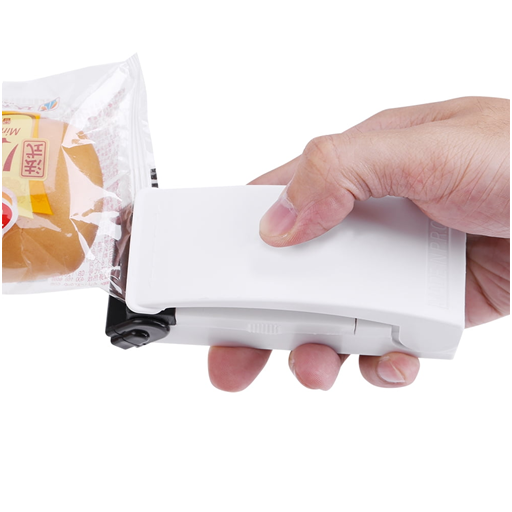Dehumidifiers are essential devices designed to regulate indoor humidity levels by extracting excess moisture from the air. In this article, we’ll delve into the functions, advantages, and diverse types of dehumidifiers, highlighting their significance in improving comfort, enhancing air quality, and protecting homes from moisture-related issues.
Understanding Dehumidifiers:
Dehumidifiers operate by drawing in humid air, passing it through cooling coils to condense moisture, and then collecting the water in a reservoir or draining it away. By controlling humidity levels, these devices help mitigate mold growth, reduce musty odors, and address issues like dampness, mildew, and window condensation.
Benefits of Dehumidifiers:
1. Mold and Mildew Prevention: Excessive moisture fosters mold and mildew growth, posing risks to respiratory health. Dehumidifiers curb these issues by maintaining optimal humidity levels, thereby reducing the likelihood of respiratory ailments and allergic reactions.
2. Improved Air Quality: High humidity exacerbates indoor air pollution, leading to the release of airborne contaminants like dust mites, bacteria, and allergens. Dehumidifiers aid in purifying the air, fostering a healthier living environment.
3. Odor Reduction: Damp indoor spaces often develop musty odors due to mold, mildew, or stagnant air. Dehumidifiers help eliminate these odors by removing excess moisture, promoting fresher and more pleasant indoor environments.
4. Property Protection: Prolonged exposure to high humidity can damage furniture, electronics, and other possessions. Dehumidifiers safeguard belongings from warping, rusting, or deterioration caused by moisture.
5. Enhanced Comfort: Excessive humidity can make indoor spaces feel sticky and uncomfortable, especially in warm weather. Dehumidifiers create a more comfortable living environment by reducing humidity levels and enhancing air circulation.

Types of Dehumidifiers:
1. Refrigerative Dehumidifiers: These are the most common type, employing refrigeration technology to cool and condense moisture from the air. They are effective across a wide range of temperatures and humidity levels, suitable for most residential settings.
2. Desiccant Dehumidifiers: These units use a desiccant material such as silica gel to absorb moisture from the air. They tend to be quieter and more energy-efficient than refrigerative models, making them suitable for smaller spaces or cooler climates.
3. Whole-House Dehumidifiers: Integrated into HVAC systems, these units dehumidify entire homes, offering centralized control over humidity levels. They are ideal for larger homes or areas with consistently high humidity.
Conclusion:
In summary, dehumidifiers are essential appliances for maintaining optimal indoor humidity levels and enhancing air quality. By preventing mold growth, reducing allergens, eliminating musty odors, and protecting property, dehumidifiers contribute to healthier, more comfortable living spaces. With various types and models available, homeowners can select the right dehumidifier to suit their needs, ensuring a more comfortable and healthier home environment.




![Snapchat Spectacles (5th Gen) [Top Features Unveiled] [2024] Snapchat Spectacles](https://barefootclimb.com/wp-content/uploads/2024/10/Snapchat-Spectacles-150x150.jpg)






